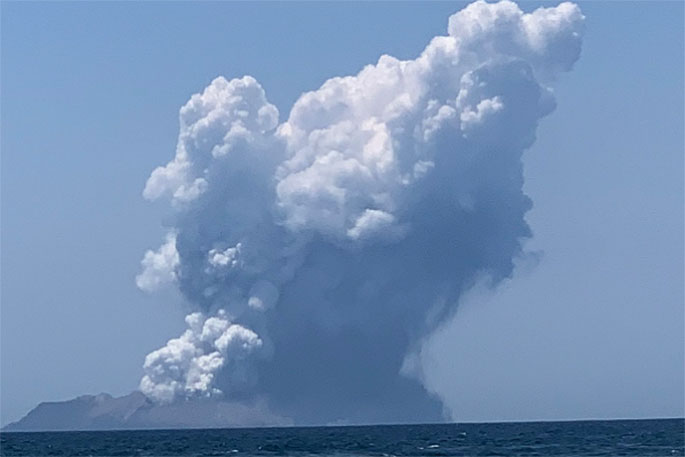The bodies recovered from Whakaari / White Island have been taken to Auckland for the post mortem and disaster victim identification process.
Together with Police DVI experts, forensic pathologists, ESR, odontologists and the Coroner's office, the process of identifying victims and releasing bodies to families will continue.
An internationally approved process for disaster management identification (DVI) is being followed. The process is stringent and can take some time.
'This is a long and complex process and we are working as quickly as possible to return loved ones to their families,” said Deputy Commissioner John Tims, National Operations Commander.
Police lead the DVI process through the gathering of evidence and working with families of those who are missing. The Coroner must then confirm the victims' identities.
'The victims and their families are our priority but we also have important obligations. We must work on behalf of the Coroner to ensure correct identification. It would be unforgivable to get the identification process wrong,” said Deputy Commissioner Tims.
There are five stages to the victim identification process and they are outlined below.
The five stages are:
Post-mortem phases: collecting detail from the victims
Phase 1: Scene
• The deceased are examined and documented in situ, then taken to the mortuary.
Phase 2: Mortuary
• The deceased is examined in detail by a pathologist, forensic dentist, fingerprint officer and Police DVI team.
• Personal effects (such as jewellery, clothing) are photographed in situ, then collected, examined, cleaned, re-photographed and secured.
Ante-mortem phase: information about missing person is brought in from outside
Phase 3: Ante-mortem Information retrieval
• Police gather information about possible victims, such as
- descriptions of appearance, clothing, jewellery, photos
- medical and dental records, x-rays
- fingerprints, from objects or official records (commonly collected by some overseas agencies)
- DNA samples, such as from a hairbrush, toothbrush or blood sample.
Phase 4: Reconciliation
• Information from post-mortem and ante-mortem phases are brought together to find a match.
• At an identification hearing, the Coroner is presented evidence of the match by fingerprint, dentistry, DNA and Police DVI experts and decides if identification has been established.
• Family and/or foreign authorities are advised, then media.
Phase 5: Debrief
• People involved in the DVI process keep each other updated throughout all stages.
• Support and welfare is made available to staff including stress and grief counsellors, chaplains, Victim Support and police welfare officers.



0 comments
Leave a Comment
You must be logged in to make a comment.